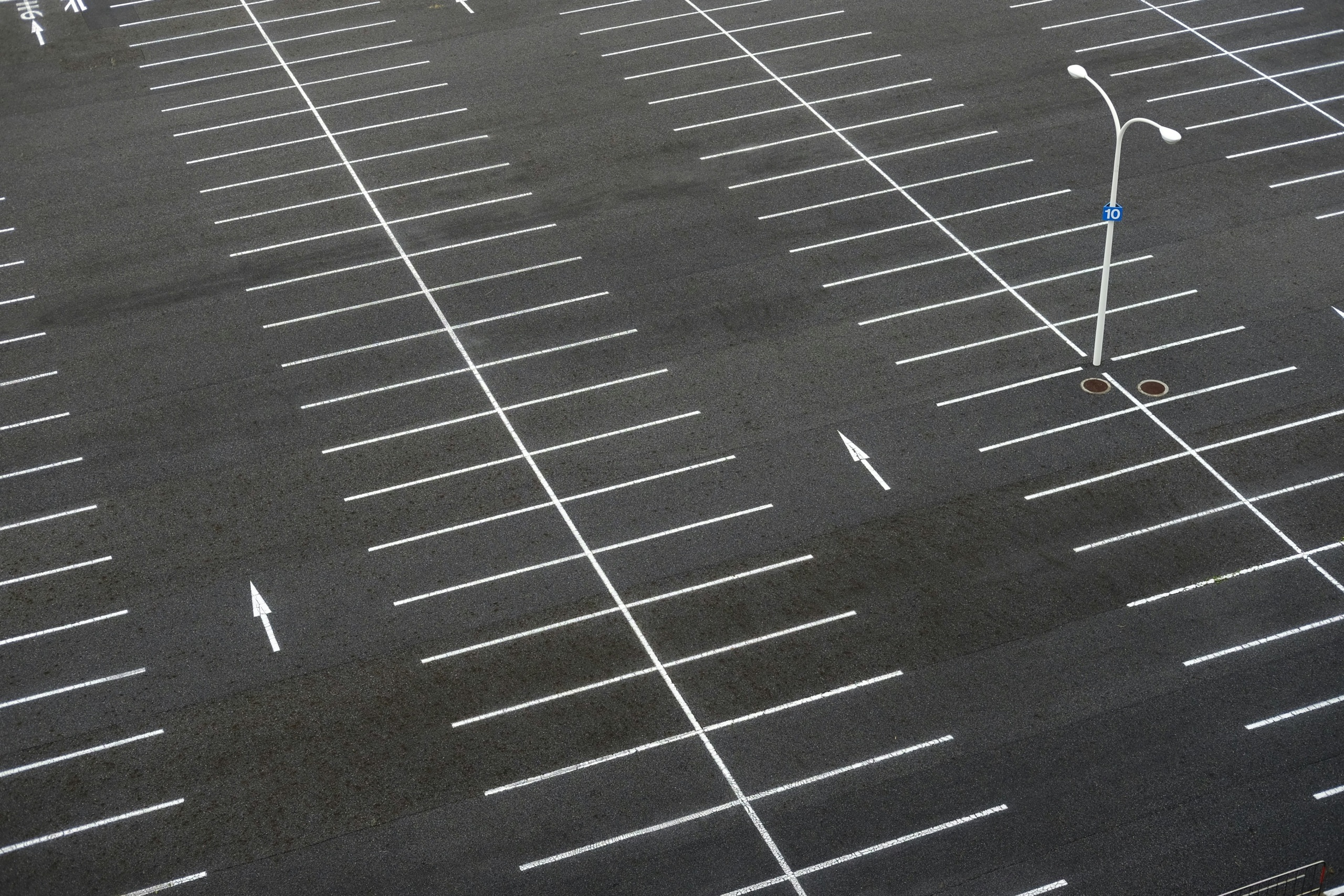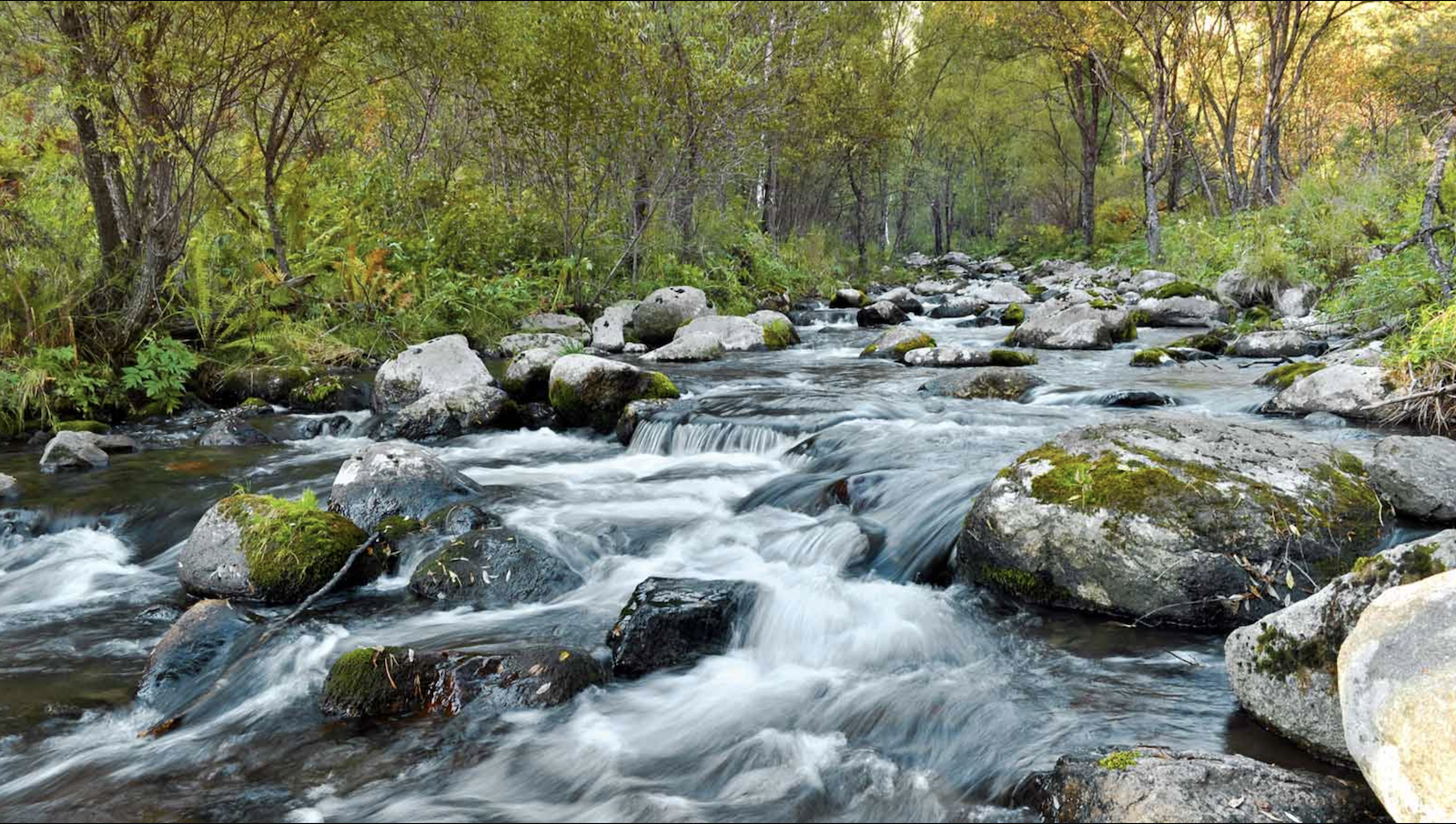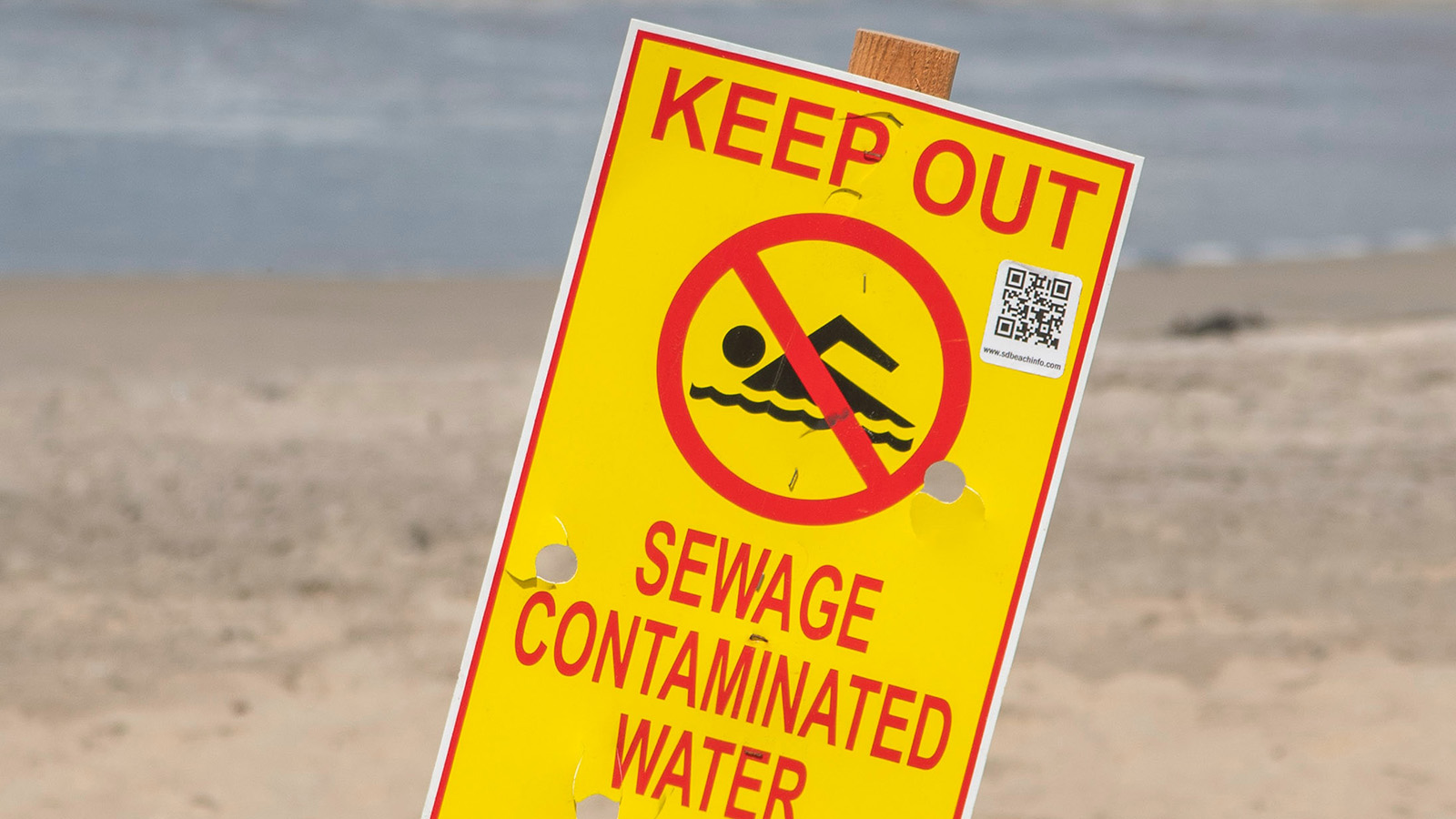
A Path to Cleaner Water
How investments in America’s water infrastructure are protecting waterways
America’s waterways are a national asset. They are the places we swim on hot summer days, kayak with friends and family, spend a relaxing day fishing, and so much more. Yet billions of gallons of stormwater runoff and sewage overflows continue to pollute our rivers, lakes and coastal waters. As a result, all too often our beaches are unsafe for swimming, communities are flooded with sewage, and toxic algal outbreaks threaten wildlife and public health. Absent strong action from our leaders, these pollution problems will worsen in coming years, as overdevelopment and more intense storms put greater burdens on our fraying water infrastructure systems.
Downloads
Environment Florida Research and Policy Center

America’s waterways are a national asset. They are the places we swim on hot summer days, kayak with friends and family, spend a relaxing day fishing, and so much more. Yet billions of gallons of stormwater runoff and sewage overflows continue to pollute our rivers, lakes and coastal waters. As a result, all too often our beaches are unsafe for swimming, communities are flooded with sewage, and toxic algal outbreaks threaten wildlife and public health. Absent strong action from our leaders, these pollution problems will worsen in coming years, as overdevelopment and more intense storms put greater burdens on our fraying water infrastructure systems.
Stormwater and wastewater management systems are part of America’s water infrastructure; when properly maintained they can prevent pollution. But as a nation, we have failed to keep our water infrastructure in working order. The American Society of Civil Engineers gave U.S. wastewater infrastructure a D+ grade in 2017.
If we want clean water, our nation will have to make a substantial investment in repairing and updating our infrastructure. The U.S. Environmental Protection Agency (EPA) estimates that wastewater and stormwater systems will require an investment of $271 billion over the next 20 years to meet demands. This is likely a conservative estimate for actual investment requirements in the coming years.
With investment in clean water, America can deploy nature-based or green infrastructure – such as vegetated buffers, rain barrels, and constructed wetlands – to help prevent combined sewage overflows and capture stormwater before it sweeps pollutants into our waterways. Simply fixing and updating our aging and often outdated sewage infrastructure will also reduce this pollution.
Topics
Find Out More


Clean Water Act on Trial

Safe for Swimming?

